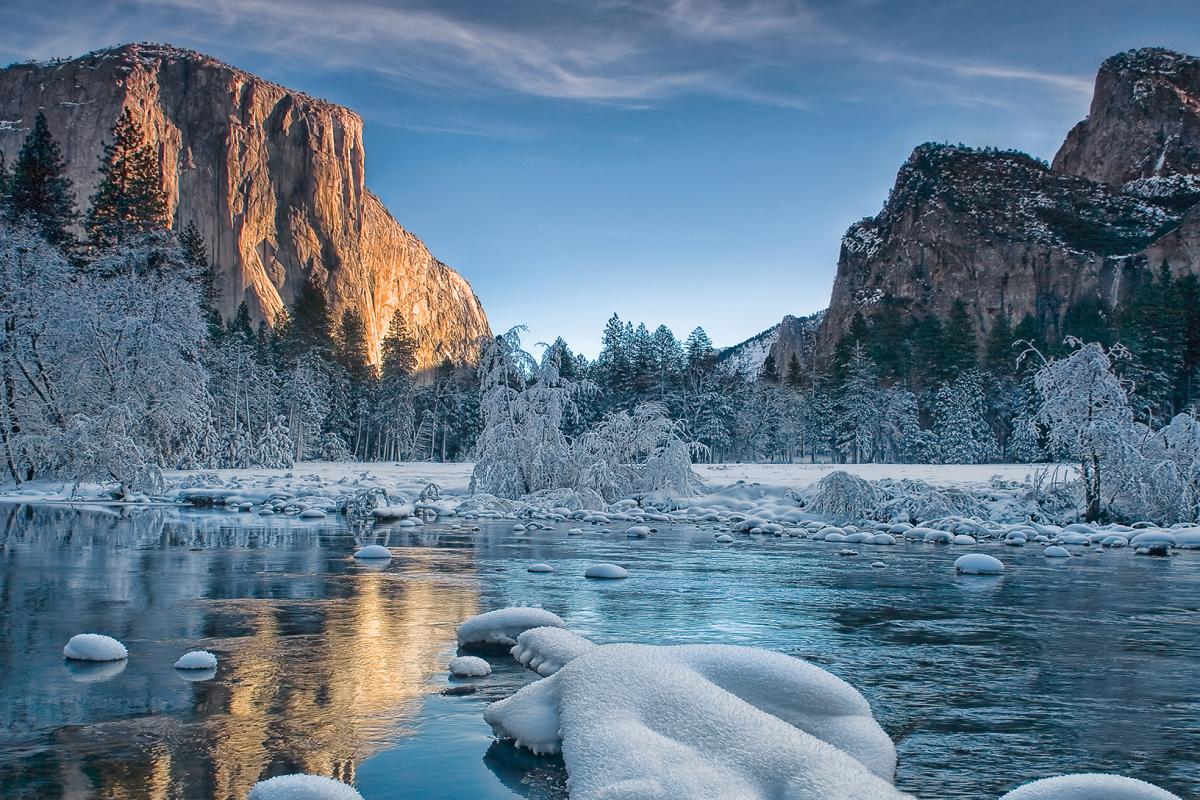Introduction:
“Decoding California’s Wet Winter: Mapping the Science Behind the Rainfall” delves into the fascinating world of meteorology and mapping as we unravel the mysteries of California’s unusually wet winter. In recent times, the state has experienced abundant rainfall, leading to significant implications for water resources, agriculture, and ecosystems. This article explores the intricate patterns of rainfall in California and how advanced mapping techniques, combined with meteorological data, provide valuable insights into the factors driving this weather phenomenon.
The Rainfall Puzzle: California’s Wet Winter
California’s wet winter is a climatic puzzle that captures the attention of scientists and meteorologists alike. The state, known for its frequent droughts, experienced an unexpected shift in weather patterns, leading to above-average rainfall and a reversal of its arid conditions.
Meteorological Mapping: Piecing the Puzzle Together
Mapping technologies play a pivotal role in decoding California’s wet winter. Meteorologists use advanced tools to visualize and analyze precipitation data across the state, enabling them to identify the patterns and trends associated with the wet season. From radar imagery to satellite observations, these mapping techniques help paint a comprehensive picture of the complex atmospheric dynamics at play.

The Influence of Atmospheric Rivers
One of the primary drivers of California’s wet winter is the presence of atmospheric rivers. These long, narrow corridors of concentrated moisture transport vast amounts of water vapor from the tropics to the West Coast. By mapping these atmospheric rivers, scientists gain valuable insights into how they contribute to the state’s increased rainfall and snowfall.
Oceanic and Climate Factors
Decoding California’s wet winter involves understanding the oceanic and climate influences that shape the weather patterns. El Niño and La Niña events in the Pacific Ocean, as well as other climate oscillations, can significantly impact California’s precipitation. By studying these factors and mapping their relationships, scientists can better predict future wet seasons.
Implications for Water Resources and Agriculture
The abundance of rainfall has both positive and negative implications for water resources and agriculture in California. While the increased precipitation replenishes reservoirs and groundwater, it can also lead to challenges such as flooding and soil erosion. By mapping the distribution of rainfall and its effects on water supply, policymakers and farmers can make informed decisions to manage water resources more efficiently.
Ecological Effects and Wildfire Mitigation
California’s wet winter has profound effects on the state’s ecosystems. The increased rainfall can promote vegetation growth and reduce the risk of wildfires in the following dry season. Mapping changes in vegetation and assessing wildfire risk help in wildfire mitigation and management efforts.
The Road Ahead: Climate Resilience
As climate change continues to impact weather patterns worldwide, understanding and mapping California’s wet winter become crucial for building climate resilience. By decoding the science behind the rainfall, scientists can enhance climate models and predict future weather events, aiding policymakers in implementing adaptive strategies to address the challenges of a changing climate.
Conclusion
“Decoding California’s Wet Winter: Mapping the Science Behind the Rainfall” showcases the power of meteorological mapping in understanding and predicting climatic events. The wet winter in California serves as a captivating case study for unraveling the complexities of weather patterns and their implications for various sectors. As mapping technologies and meteorological data continue to advance, we gain a deeper understanding of the factors driving rainfall in the region. By harnessing this knowledge, we can build climate resilience and make informed decisions to manage water resources, agriculture, and ecosystems in the face of a changing climate.




